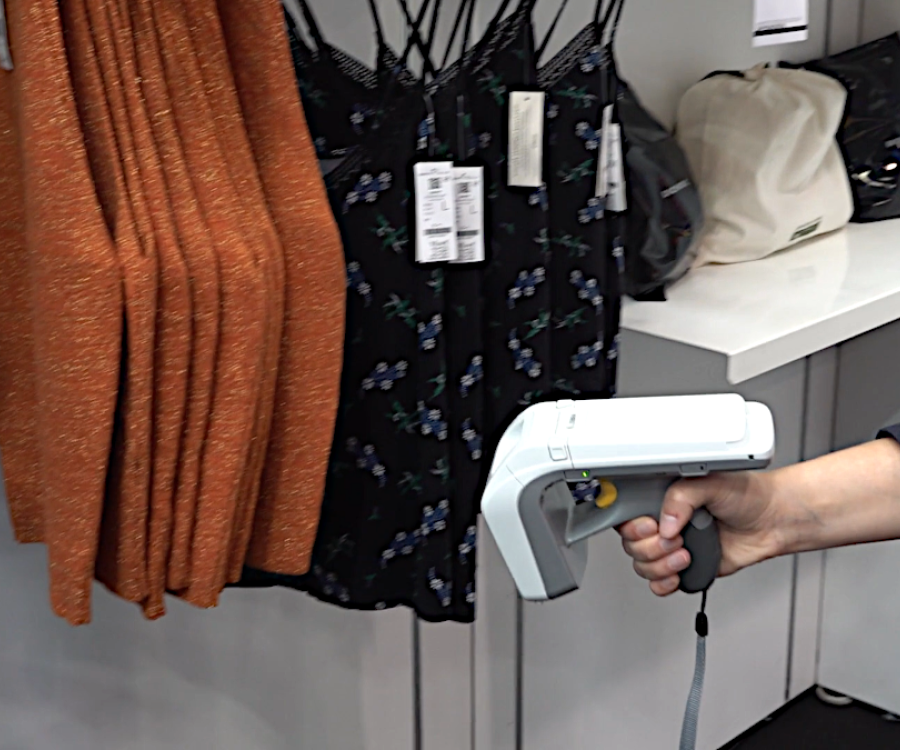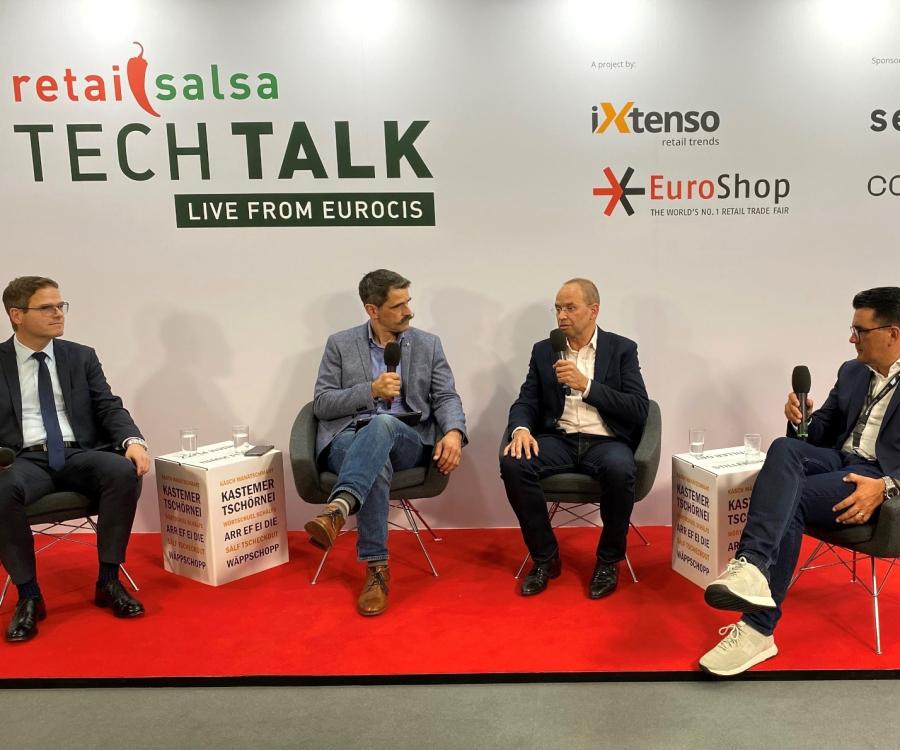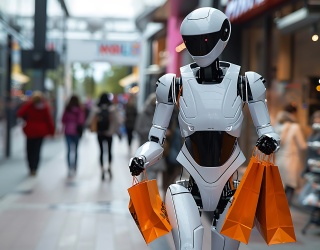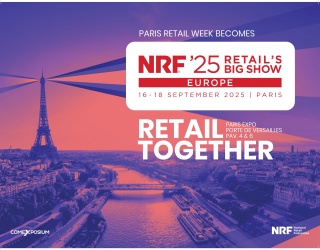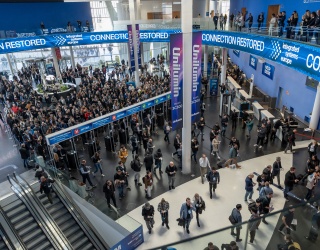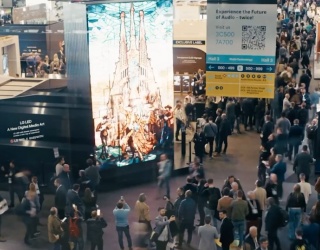Zebra Technologies Corporation did a study on attitudes of shoppers and their buying behavior. It shows that more than half of Generation X shoppers shopped in a store and left without a purchase only to end up purchasing the item online.
Considering this, Mark Thomson, Retail Industry Director EMEA at Zebra Technologies, has some good news and some bad news. There’s hope but there’s also a need for action.
Mr. Thomson, which insights did you gain for retailers with your research?

Mark Thomson: We found in the Zebra survey that people walk out the store without buying something because the item they wanted was not on stock. Also, the retailer hasn't given them a suitable alternative to buy similar products or the ability to order that product online or from the store. Sometimes retailers point shoppers to their websites which puts the problem back in the hands of the customer which is not great customer service.
So, to put it bluntly: Is that the end of brick and mortar retail?
Not at all. We identified that people still want to shop in stores. Brick and mortar retail is not going away. While online retail is still growing, that rate of growth is not as fast as it has been in previous years.
But we see that stock is critical for sales. In our survey 43 percent of retail staff cited customer complaints about out-of-stocks and 39 percent of shoppers left a store without buying anything because of stock issues. That's what we call ‘money left on the table’.
What are the reasons for products being out of stock?
The reasons may be insufficient order management, bad demand forecasting, shrinkage, and small supplies. As a physical store holding inventory is extremely expensive, probably the single largest cost to a retailer alongside their staffing costs. Therefore, not every retailer can afford to have every size and every color of every item on display.
Also, it’s hard to do exact demand forecasting even with the proper tools. Then there’s the shrinkage because of products that either are not delivered or have been stolen by customers or staff. On top of that: If you can’t identify which products have gone missing then you can't replace them. For some retailers this situation lasts until the next inventory which can be quarterly or even annually.
And the customers react to that by …
… leaving the store frustrated without a purchase and going online. They know by now that online they can order items in several sizes and colors to try them on at home and return them, sometimes for free. So that's why we're seeing a significant shift to online.
How would you advise retailers to tackle that problem?
The first thing is to manage the heart of the operation which is the supply chain: Making sure that the right products are put onto the truck, unloaded at the back of the store and put onto the shelves.
RFID technology can be used for that and we have seen a significant development in terms of additional deployments over the last few years, particularly in the fashion space but even in the logistics arms of grocers and other retailers. RFID does give a semi-automated way to track and trace products through the supply chain and in the store. Retailers can have weekly or daily checks for what's in stock, what's moving around and what is in need of replenishment.
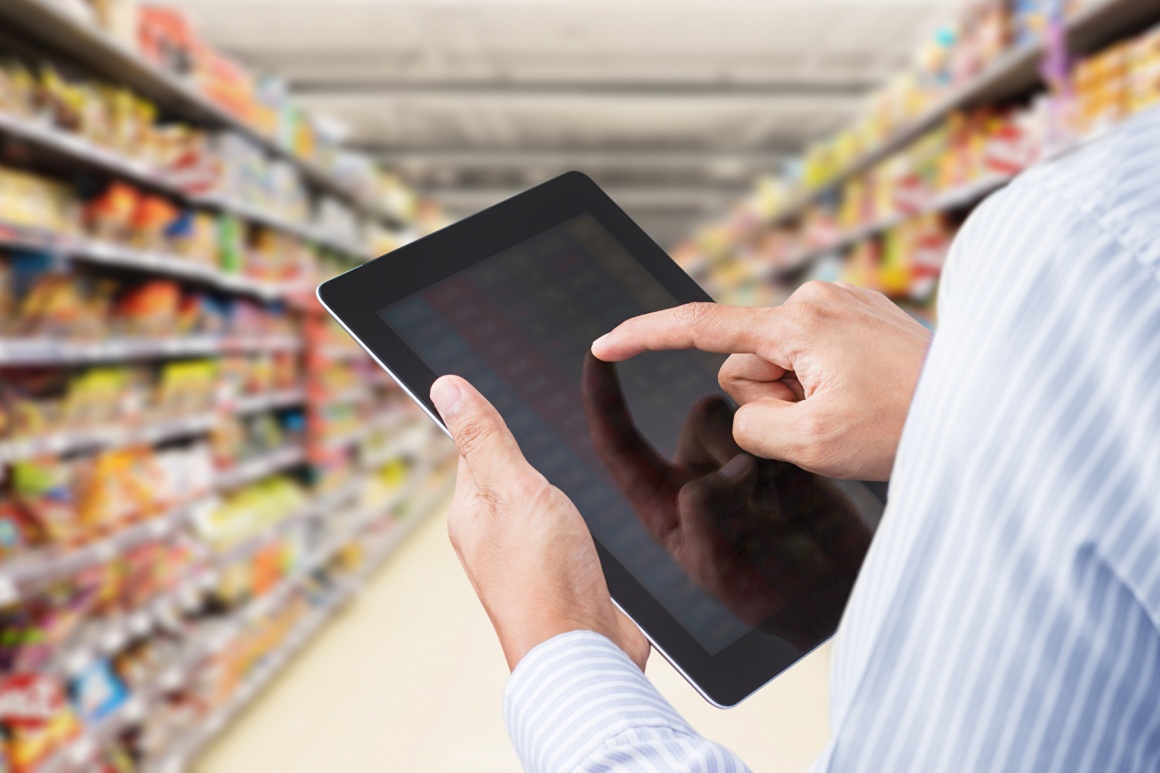
Implementing RFID is a big investment though, isn’t it?
In our experience for retailers the return on investment is pretty quick. Plus, RFID tech has a multitude of benefits. Not only can you do inventory checks within very short cycles but it also allows you to think about how to do the picking for omnichannel fulfillment from a local store rather than from a warehouse. By doing so retailers can reduce the environmental impact, the cost of transportation and they can even encourage the customer to come and collect from the store, thus driving footfall back into the shop.
Other retailers, like Tommy Hilfiger, are using RFID to create customer experiences in the store like a smart mirror in a fitting room that knows which items of clothing customers are trying on and showing other available sizes or suggesting complementary products or accessories.
Apart from better stock management, are there other ways to go for brick and mortar retailers?
Yes, there are. I think retailers should rethink what the purpose of the store is. And one answer to that can be showrooming because this concept has a number of benefits. When retailers provide examples of the items they offer customers can look at the material, the quality, check their size and then feel confident that it's the right product for them. When they actually want to buy an item, they can order it online at home or it's ordered in the store. This way retailers can minimize the amount of returns they get and save space in their stores. Additionally, it gives staff the ability to engage with customers and to take them through that digital process.
What does that last aspect mean for the staff?
It's valuable to have technology for your staff so they’re empowered and connected and have access to as much if not more information than the customers do. That’s the kind of digital experience people are looking for in stores: fast help, good advice and engaging interactions.
There are additional benefits to using technology this way: You could spend a lot of time training the staff, giving them the information and have them learn it, or you could simply put that information in their hands in the form of mobile devices. That way retailers can onboard their staff a lot quicker which means the stores are more flexible and agile to respond to peaks. Periods like the Christmas holiday season or they Black Friday / Cyber Monday week – which is actually a ‘Cyber Month’ nowadays – require retailers to expand their staff and empower and onboard them much quicker.
So despite some concerns and problems, you are not predicting the ‘death of the physical store’?
No. In the future I see there being a mix of physical stores, of showrooming stores and of online shopping. In my opinion, we will see more stores that focus on the experience side, that don't necessarily stock every item but give customers very quick access to it with next day or even same day delivery. I think there will be a point where it sort of comes together and we’ll end up at the right balance between offline stores and online.


